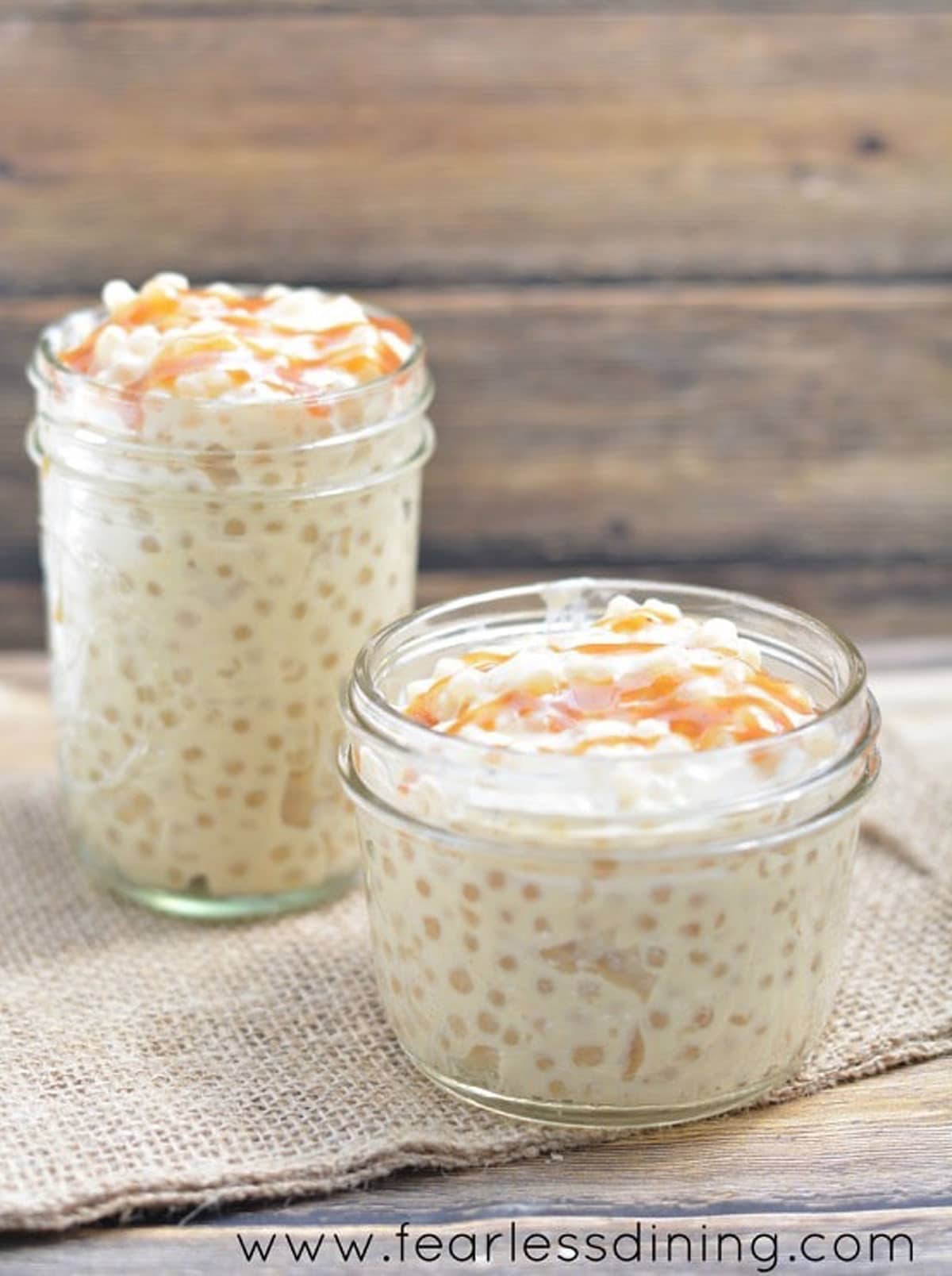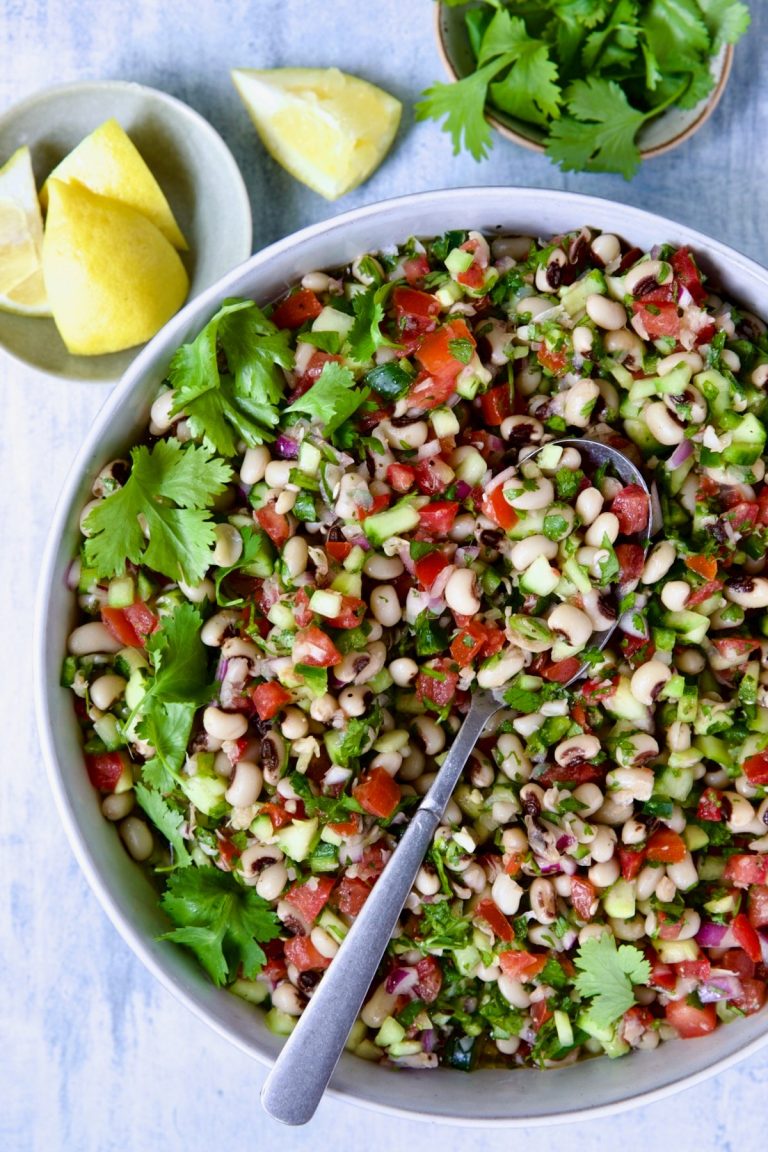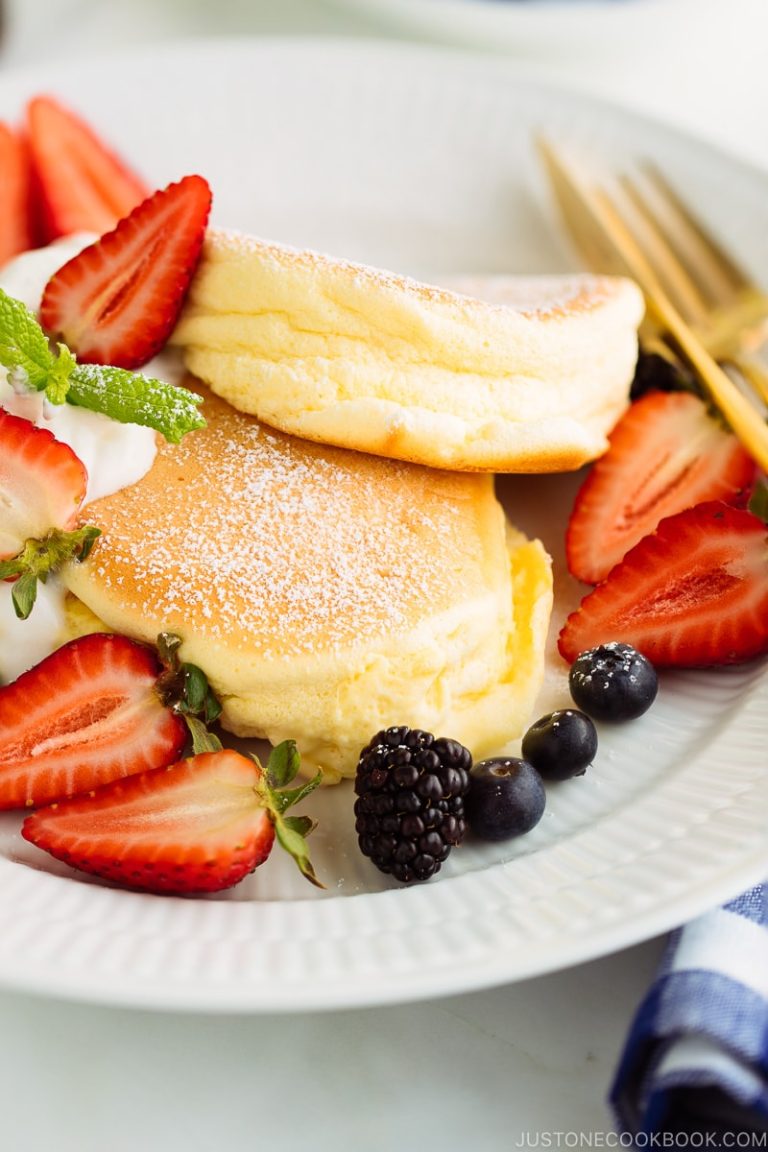Tapioca Pudding: History, Recipes, and Nutritional Benefits
Tapioca pudding’s roots trace back to South America. Indigenous peoples first extracted starch from cassava roots, which forms tapioca. They used it to thicken soups and create primitive forms of the pudding. European explorers later brought tapioca to the rest of the world in the 16th century. It gained popularity for its versatility and shelf stability.
In the 19th century, tapioca made its way into American kitchens. It became a staple in puddings and other desserts due to its unique texture and ease of preparation. Tapioca pudding holds cultural significance in many regions, from Southeast Asia to the Caribbean, where each culture adds its twist to the recipe. This dessert represents adaptability and culinary fusion across borders.
Evolution of Tapioca Pudding Recipes
Tapioca pudding recipes have evolved over the centuries. Early versions were simple, combining tapioca, milk, and sugar. By the late 19th and early 20th centuries, recipes began incorporating ingredients like eggs and vanilla, adding richness and flavor.
Post-World War II, instant tapioca brought convenience to households, changing how the pudding was prepared. Modern recipes often include variations with coconut milk, chocolate, or fruit, appealing to diverse palates. Contemporary chefs sometimes deconstruct tapioca pudding to create innovative desserts, maintaining its popularity in culinary arts.
The evolution reflects how cultures adopt and adapt traditional recipes, keeping tapioca pudding relevant across generations.
Ingredients and Variations
Key Ingredients in Classic Tapioca Pudding
Classic tapioca pudding includes several essential ingredients for its unique texture and flavor. Tapioca pearls, when cooked, create its signature chewy consistency. Milk, either whole or 2%, forms the creamy base. Sugar gives the pudding its sweetness.
Eggs contribute smoothness and richness. Beaten eggs, once added to hot milk, help thicken the mixture. Vanilla extract infuses a deep, aromatic flavor, balancing the sweetness.
Salt, used sparingly, enhances flavors without overpowering. Together, these ingredients compose the foundation of traditional tapioca pudding.
Popular Variations and Add-Ins
Culinary creativity has led to numerous tapioca pudding variations. Coconut milk, substituting for dairy, creates a rich, dairy-free option. Chocolate lovers often mix in cocoa powder or melted chocolate for a decadent treat.
Fruits like mango, berries, and banana add fresh, natural sweetness. These fruits can be folded into the pudding or used as toppings. Spices like cinnamon and nutmeg introduce warmth and complexity, perfect for colder months.
Other variations incorporate sweeteners like honey or maple syrup, providing a unique twist on traditional tapioca pudding. Nuts such as almonds and pistachios add a delightful crunch, enhancing the texture contrast.
These variations reflect the adaptability of tapioca pudding, making it a versatile dessert option suitable for various dietary preferences and taste preferences.
Cooking Techniques
Traditional Methods
Traditional methods for making classic tapioca pudding involve soaking, simmering, and stirring tapioca pearls until they become translucent. Start by soaking 1/2 cup of small tapioca pearls in water for at least 30 minutes. Drain the soaked pearls and set them aside. In a medium saucepan, combine 2 cups of whole milk, 1/4 teaspoon of salt, and 1/2 cup of sugar. Bring the mixture to a boil over medium heat, stirring constantly to dissolve the sugar.
Add the drained tapioca pearls to the boiling milk mixture. Reduce the heat to low and simmer for 15 minutes, stirring frequently to prevent the pearls from sticking. In a separate bowl, whisk 2 large eggs until they are well-blended. Gradually add a small amount of the hot milk mixture to the eggs, whisking constantly to temper the eggs and prevent curdling. Pour the tempered eggs back into the saucepan, stirring continuously.
Continue cooking the pudding over low heat for an additional 10 minutes or until it thickens. Stir in 1 teaspoon of vanilla extract just before removing the pan from heat. Allow the pudding to cool slightly before serving, either warm or chilled.
Modern Cooking Tips
Modern cooking tips for classic tapioca pudding benefit from convenience and efficiency. Use instant tapioca for quicker preparation; replace traditional tapioca pearls with 1/3 cup of instant tapioca. Skip the soaking step and combine the instant tapioca directly with 2 cups of milk, 1/2 cup of sugar, and 1/4 teaspoon of salt in a medium saucepan. Let the mixture stand for 5 minutes.
Heat the mixture over medium heat, stirring constantly until it comes to a full boil. In a separate bowl, whisk 2 large eggs until blended. Slowly add a small amount of the hot tapioca mixture to the eggs, whisking to temper them. Return the tempered eggs to the saucepan and cook over low heat, stirring for another 2 minutes or until it thickens.
For additional flavor, try incorporating ingredients like coconut milk, almond extract, or citrus zest. Substitute 1 cup of milk with 1 cup of coconut milk for a tropical twist or add 1/2 teaspoon of almond extract for a nutty flavor. Citrus zest adds a refreshing note; stir in 1 teaspoon of lemon or orange zest during the final 2 minutes of cooking. Serve the pudding warm or chilled, garnished with fresh fruit or toasted nuts for a modern, delectable treat.
Serving and Presentation Ideas
Classic Serving Suggestions
Serve tapioca pudding in classic ways to enhance its nostalgic charm. Use chilled glass bowls, ramekins, or dessert cups for individual servings. Top with a sprinkle of cinnamon or a dollop of whipped cream for added flavor and visual appeal. For a traditional touch, add fresh fruits like sliced strawberries or bananas on top. If you prefer a warm serving, heat the pudding gently and serve it in ceramic bowls.
Creative Presentation Ideas
Elevate tapioca pudding by experimenting with creative presentations. Create parfaits by layering pudding with granola and fruit in tall glasses. For a tropical twist, serve in coconut shells and garnish with toasted coconut flakes. To add elegance, use martini glasses and top with edible flowers or fruit compote. For a holiday-themed presentation, layer the pudding with cranberry sauce and crushed gingerbread cookies in clear cups.
Nutritional Information
Health Benefits of Tapioca
Tapioca, derived from the cassava plant, offers several health benefits. It’s naturally gluten-free, making it suitable for individuals with gluten intolerance or celiac disease. One cup of cooked tapioca pearls typically contains 544 calories, 135 grams of carbohydrates, and negligible fat, providing a quick energy boost. The starch in tapioca aids in digestive health by promoting beneficial gut bacteria. Additionally, tapioca is low in sodium, which supports heart health by helping to manage blood pressure levels.
Dietary Considerations
When incorporating tapioca into your diet, be aware of certain dietary factors. Tapioca is primarily a source of carbohydrates, which makes it energy-dense but low in protein and fiber. For balanced nutrition, consider pairing tapioca pudding with protein-rich foods (e.g., nuts and seeds) or fiber-rich fruits (e.g., berries and apples). People with diabetes should monitor portion sizes due to the high carbohydrate content, which may impact blood sugar levels. To make a vegan-friendly tapioca pudding, substitute dairy milk with plant-based options like almond or coconut milk.
| Nutrient | Amount (per 1 cup cooked) |
|---|---|
| Calories | 544 |
| Carbohydrates | 135 grams |
| Protein | <1 gram |
| Fat | <1 gram |
| Sodium | 1 milligram |
This table summarizes the key nutritional values of cooked tapioca, highlighting its carbohydrate-dense profile and low fat content.
Conclusion
Classic tapioca pudding is more than just a delightful dessert; it’s a testament to culinary tradition and innovation. Its journey from South America to global kitchens showcases its versatility and enduring appeal. Whether you stick to traditional recipes or explore modern twists, tapioca pudding offers a comforting, gluten-free option that can be tailored to suit various dietary needs. Remember to balance it with protein and fiber-rich foods to maximize its nutritional benefits. Enjoy this timeless treat and make it a staple in your dessert repertoire.






